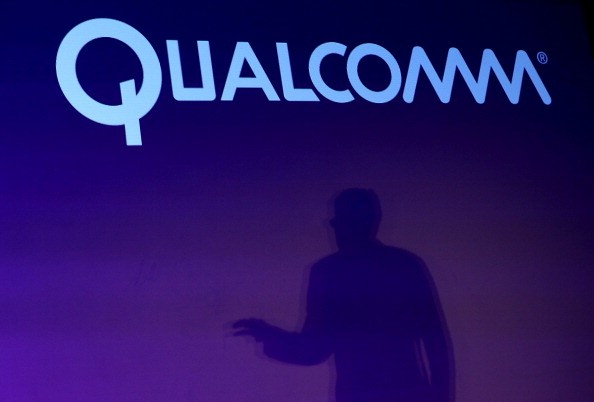Qualcomm has unveiled their new 802.11ax products that will help solve capacity problems with Wi-Fi in dense settings. The new standard addresses the potential obstacles with Wi-Fi connections that are deployed over large areas such as universities, hotels, airports and more.
The current Wi-Fi standards or platforms have addressed concerns with peak speeds. They do work well in small areas such as a home or a cafe but the problem of capacity handling appears when the connection is located in a dense are.
Qualcomm knows that the 802.11ax standard is the next innovation for Wi-Fi as it tackles both 5GHz and 2.4GHz bands across the spectrum, Anand Tech has learned. The Qualcomm IPQ8074 is one of the first products from the company that has a 12-stream solution of 8x8 5GHz and 4x4 2.4GHz combined. It also supports MU-MIMO for both downlink and uplink operations.
The Qualcomm QCA6290 is better suited for large networks that need a fast connection thanks to its 2x2 MU-MIMO support with an 8x8 sounding mechanism, CNET reported. It also has the Dual Band Simultaneous feature which can allow speeds to reach 1.8Gbps while still consuming only two-thirds the power a 802.11ac product may use.
Broadcom, which is Qualcomm's main competitor in the Wi-Fi industry, has been unusually stagnant after its acquisition from Avago. Quantenna was the first to unveil 802.11ax solutions while Marvell's devices are still under wraps.
Marvell is focusing on the enterprise field which means their 802.11ax solutions will be larger-scaled compared to Quantenna's and Qualcomm's which are targeting the mainstream market.
Qualcomm will be launching their 802.11ax solutions for businesses first before the consumer devices will be released later this year. The prices have not yet been disclosed but they may be close to the current 802.11ac solutions.
Learn more about the technology leap below:



























